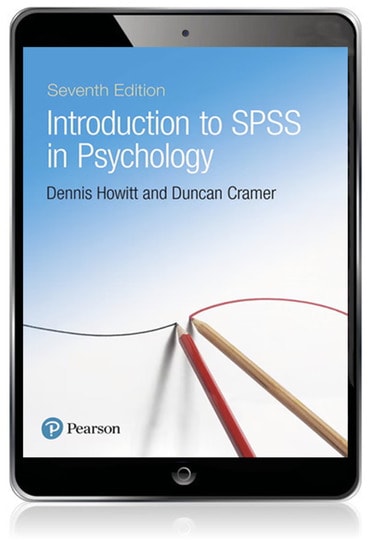
Introduction to SPSS in Psychology, 7th edition
Published by Pearson (May 25, 2017) © 2017
- Dennis Howitt University of Loughborough
- Duncan Cramer University of Loughborough
Title overview
Essential step-by-step guide to SPSS
Introduction to SPSS in Psychology, 7th edition is the essential step-by-step guide to SPSS for students taking their first course in statistics. This well-established text provides a clear and comprehensive coverage of how to carry out statistical analyses using SPSS.
Full colour SPSS screenshots, clear explanation and a wide ranging coverage make it the perfect companion for students who want to be able to analyse data with confidence.
